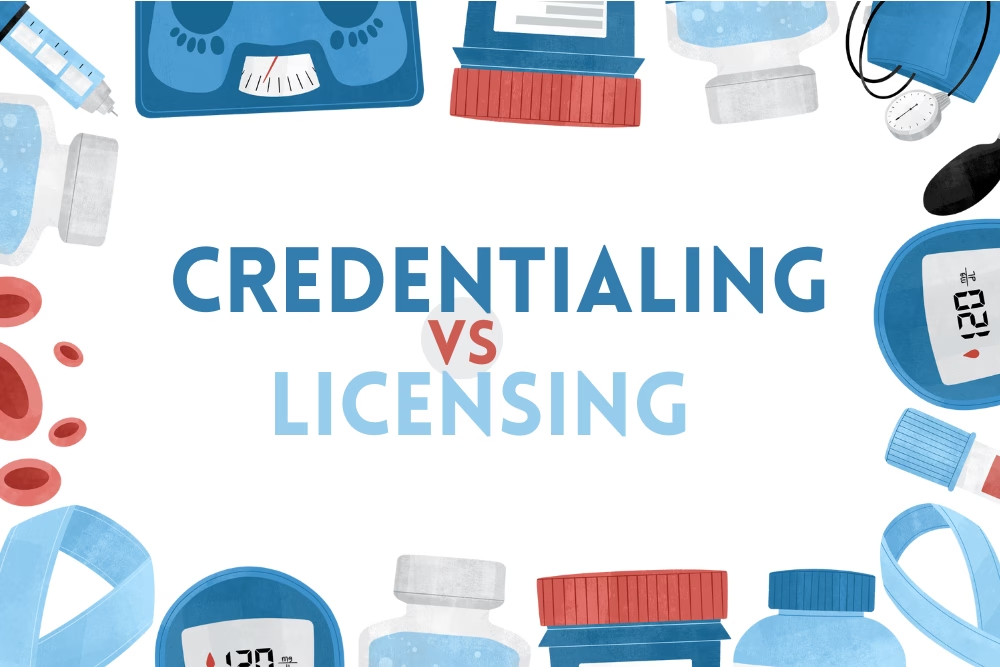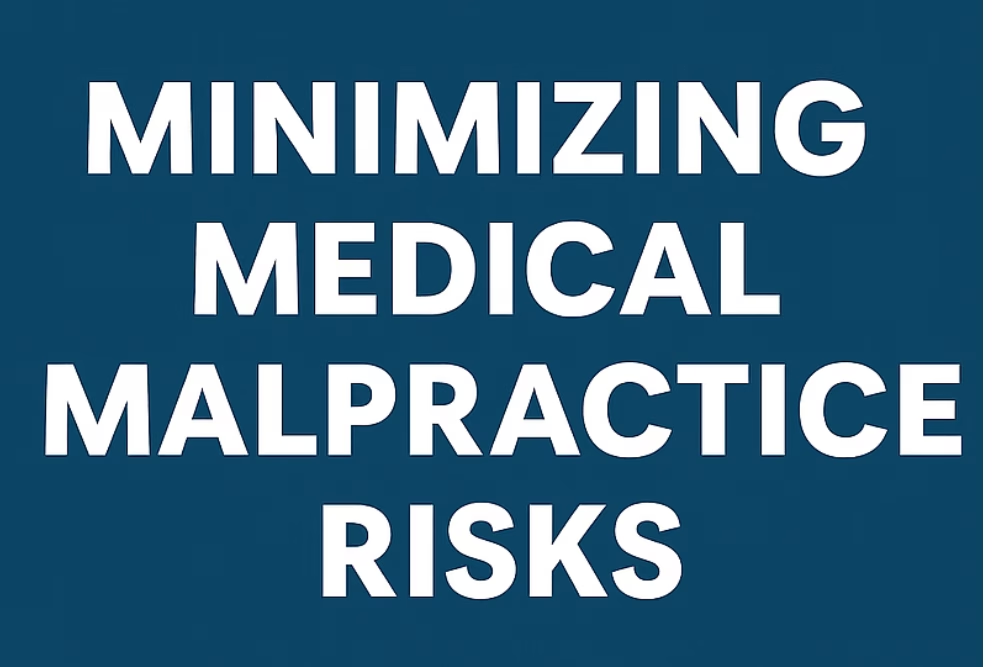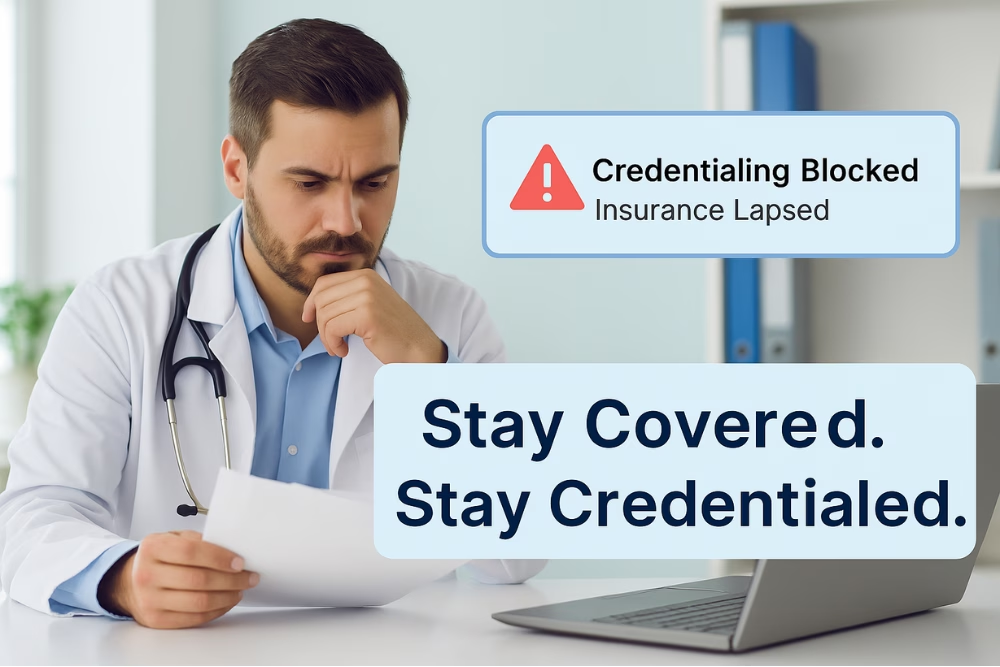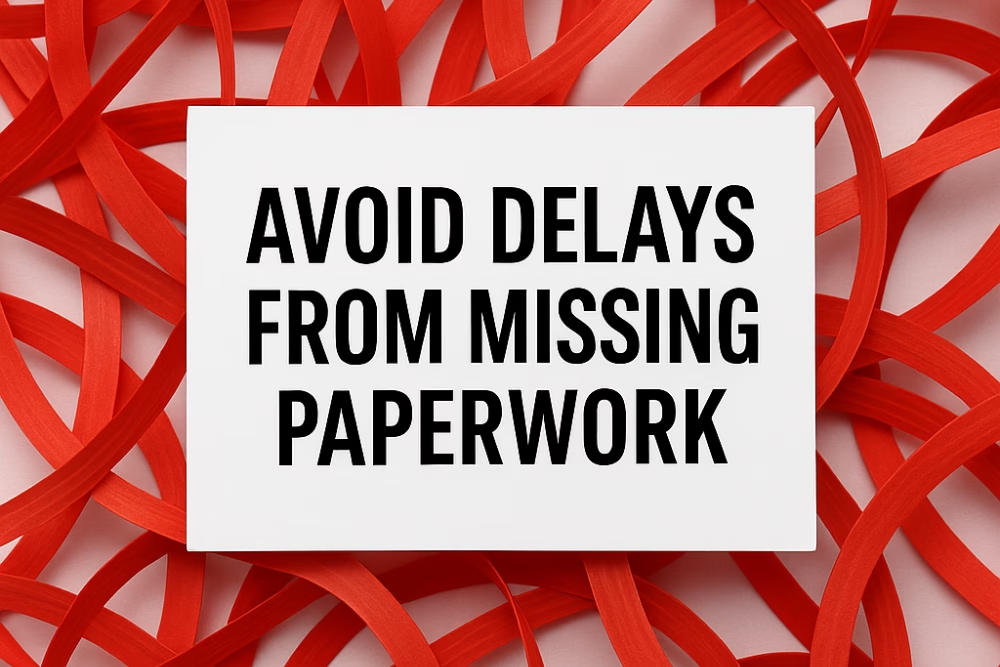In the fast-paced world of healthcare administration, a clear understanding of the distinction between credentialing and licensing is paramount. Although often confused, these two processes serve distinct yet equally vital functions.
For practice managers, healthcare providers, and owners, comprehending these procedures not only guarantees adherence to regulations but also safeguards your practice’s reputation and financial stability.
To begin with, let’s delve into their differences, highlight their significance, and explore effective management strategies.
Decoding the Difference: Credentialing vs. Licensing
Think of licensing as the mandatory legal authorization required to practice medicine within a specific state. Issued by a state medical board, it confirms that a healthcare provider has fulfilled the minimum prerequisites, such as completing medical education and successfully passing standardized examinations.
On the other hand, credentialing is a comprehensive verification process conducted at the organizational level by hospitals, health systems, and insurance networks. Specifically, this process involves a more in-depth review of a provider’s educational background, clinical experience, board certifications, malpractice history, and other relevant qualifications.
Key Differences at a Glance: Credentialing vs. Licensing
| Feature | Licensing | Credentialing |
| Purpose | Legal authorization to practice | Verification of suitability for a specific organization |
| Conducted By | State medical boards | Healthcare organizations & insurance companies |
| Scope | Education, training, and examinations | Clinical experience, history, and skills |
| Requirement | Mandatory by law | Mandatory for reimbursement & employment |
| Validity | Valid statewide | Valid only for the verifying organization |
Why This Distinction Holds Significance
A thorough understanding of the differences between credentialing and licensing is fundamental for the efficient operation of a successful healthcare practice:
- First, practicing without a valid license is a legal infringement. Similarly, lacking proper credentialing can lead to denied insurance claims and blocked reimbursements.
- Second, successful credentialing ensures that providers are eligible to bill insurance companies, maintaining a consistent cash flow.
- Furthermore, verified credentials instill confidence in patients regarding the quality and legitimacy of the care they receive.
- Finally, clearly defined responsibilities for each process contribute to a more aligned and efficient administrative team.
Effective Strategies for Managing Both Processes
- To start, both licensing and credentialing can take between 60 to 120 days. Therefore, commence these processes as soon as a provider accepts an employment offer.
- Next, implement a centralized system to track license renewals, certification expirations, and credentialing re-attestation deadlines.
- Moreover, each state and insurance provider has specific regulations. Thus, overlooking a single detail can cause significant delays in onboarding.
- In addition, ensure seamless communication among all involved parties—providers, administrative staff, and payers—regarding timelines and requirements.
- Finally, engaging credentialing specialists can significantly alleviate administrative burdens and mitigate the risk of costly errors.
eClinicAssist: Simplifying Your Credentialing and Licensing Needs
At eClinicAssist, we recognize the intricate details involved in both credentialing and licensing. Consequently, our customized solutions are designed to streamline the entire process—from verifying licenses to managing payer credentialing—allowing you to maintain compliance and concentrate on delivering exceptional patient care.
We manage the complexities, so you can focus on your patients.
Ready to Optimize Your Compliance and Save Valuable Time?
Don’t let credentialing and licensing complexities hinder your practice’s efficiency. In conclusion, contact eClinicAssist today to explore how our expert healthcare administration solutions can support your needs.







